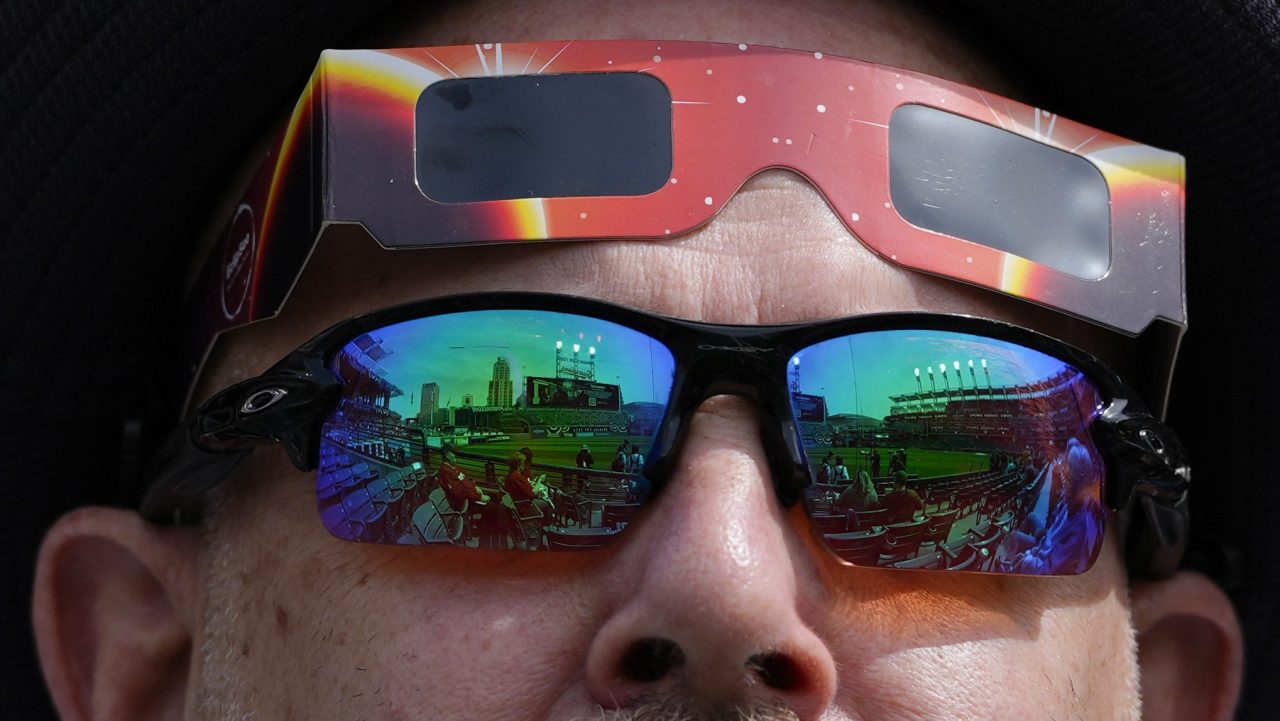Millions of people are believed to have watched the solar eclipse sweep across North America on Monday, but some may not have done so correctly.
Experts told The Washington Post that those who watched with the appropriate solar eclipse glasses and complied with safety precautions should be confident that they did not suffer any severe eye damage.
However, anyone experiencing headaches, soreness, pain, or blurred vision following the event should check in with an eye doctor.
Clinical professor Carl Jacobsen of the UC Berkeley School of Optometry noted that some discomfort may naturally result from eyes drying up after focusing and watching the eclipse for an extended period — a problem that can be relieved with lubricating eye drops. However, optometrist Seth Laster said blurry vision or gray spots that don’t go away may indicate retina damage.
Laster noted that solar retinopathy, or damage to the retinas from staring at intense lights such as the sun or a laser pointer, can impair vision permanently but is not always painful. According to experts, the damage may not always be seen immediately and may take many hours or days following exposure to the sun.
“Viewing the sun is often like getting a sunburn,” said optometrist Tamara Oechslin, The Post reported. “You don’t notice the worst of the damage until an hour or two later.”
Jacobsen said the main factor to consider is how long symptoms last, noting that it’s worth visiting the eye doctor if problems persist after using eyedrops or if blurry shapes in vision continue after closing your eyes.
Recommended Stories
According to People, one woman who looked directly at 2017’s solar eclipse recalled the permanent eye damage she suffered, which she didn’t realize was a problem until the following day.
“I did look at the solar eclipse six and a half years ago,” the unnamed woman shared in a video on Monday. “I didn’t…
Read the full article here



